What's it like to guide the Rolling Stones on stage? Chuck Leavell spills his secrets
Tens of thousands in a sold-out stadium are visually stapled to Mick Jagger belting "Start Me Up." But the band's eyes will frequently dart to the snow-haired presence stationed stage right.
Chuck Leavell is perched behind his bank of keyboards, electric piano and organ, his hand occasionally airborne, his glances with Jagger and Keith Richards subtle.
But those aren't just friendly nods. They're meaningful cues, just as a conductor directs an orchestra.
The maestro of the Rolling Stones, Leavell has served as their keyboardist and musical director since the early ‘80s, coming in as a veteran of the Allman Brothers Band and his own jam-rock outfit Sea Level.
As the generator of gestures onstage, Leavell is concentrating on more than the ominous backdrop of "Sympathy for the Devil" and the gospelized swoops of "You Can't Always Get What You Want."
He's the steady hand in command.
“They count on me if anyone gets lost to be the person to make everyone feel comfortable,” Leavell says in his Southern lilt and with a crinkled smile the night before the April kickoff of the Stones' Hackney Diamonds tour.
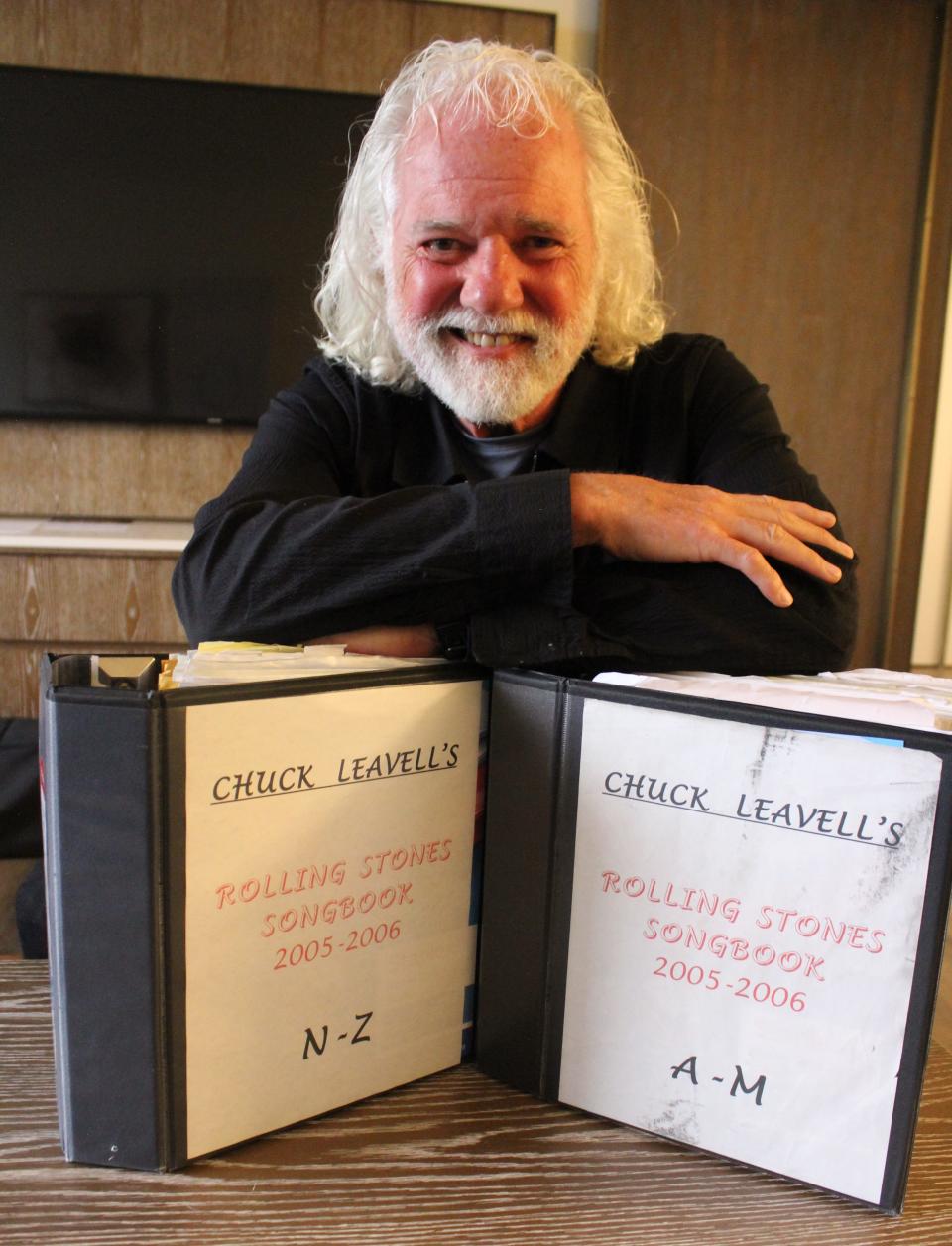
More: One year of Sphere: dazzling illuminations, audio, livestream 'push boundaries'
An exclusive look at Rolling Stones history
In his Houston hotel room, Leavell flips through weighty binders, giving USA TODAY an exclusive look at a trove of Stones history.
Pages of white loose-leaf, yellow legal paper and Rolling Stones stationery are meticulously slotted in alphabetical order, many of them bearing the names of song titles etched in rock history – “Miss You,” “Ruby Tuesday,” “Beast of Burden” “Gimme Shelter,” “(I Can't Get No) Satisfaction” – with notations alongside the names.
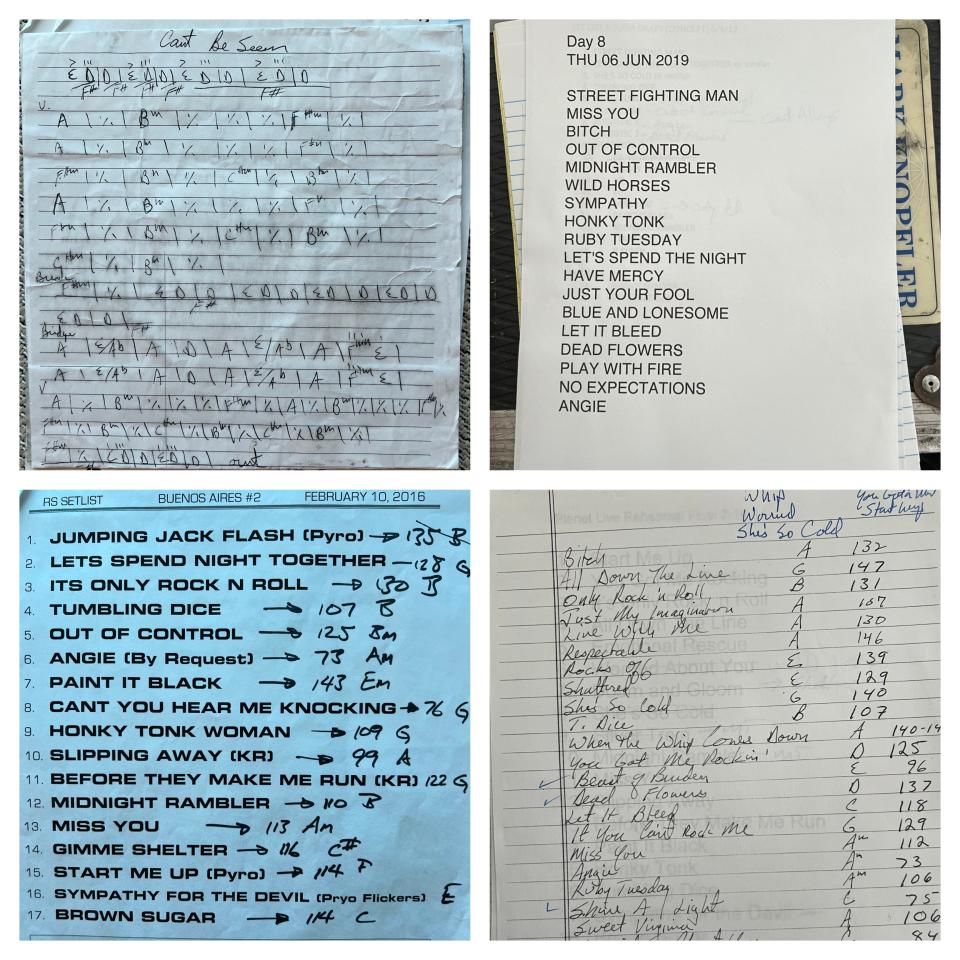
Chord changes, song keys and tempos are often scrawled in the margins, necessary reminders for a catalog spanning six decades and for a band that might need that head nod or hand signal as a prompt during one of their massive stadium shows.
Rolling Stones guitar hero Richards readily shares his appreciation of Leavell's archives, telling USA TODAY in a statement that “without being able to fall back on these priceless records ? of chords, keys, arrangements, and other bits of alchemy – we would be truly lost,” while also bestowing the Keith-ism, “Gold rings on you, Chuck.”
Since that tour launch April 28 – also Leavell's 72nd birthday – the Stones have played the New Orleans Jazz & Heritage Festival, with Jagger sharing “Time is On My Side” with its original singer, Irma Thomas (“To have the privilege of being with just the two of them in the dressing room (to rehearse) and then bring it to the band was so exciting,” Leavell says a few weeks after that performance); pulled out infrequently played fan favorites “Monkey Man,” “Shattered,” “Let’s Spend the Night Together” "Doo Doo Doo Doo Doo (Heartbreaker)” and “She’s a Rainbow” at various shows; and, for Leavell, owned the spotlight at each date with fiery solo work during “Honky Tonk Women.”
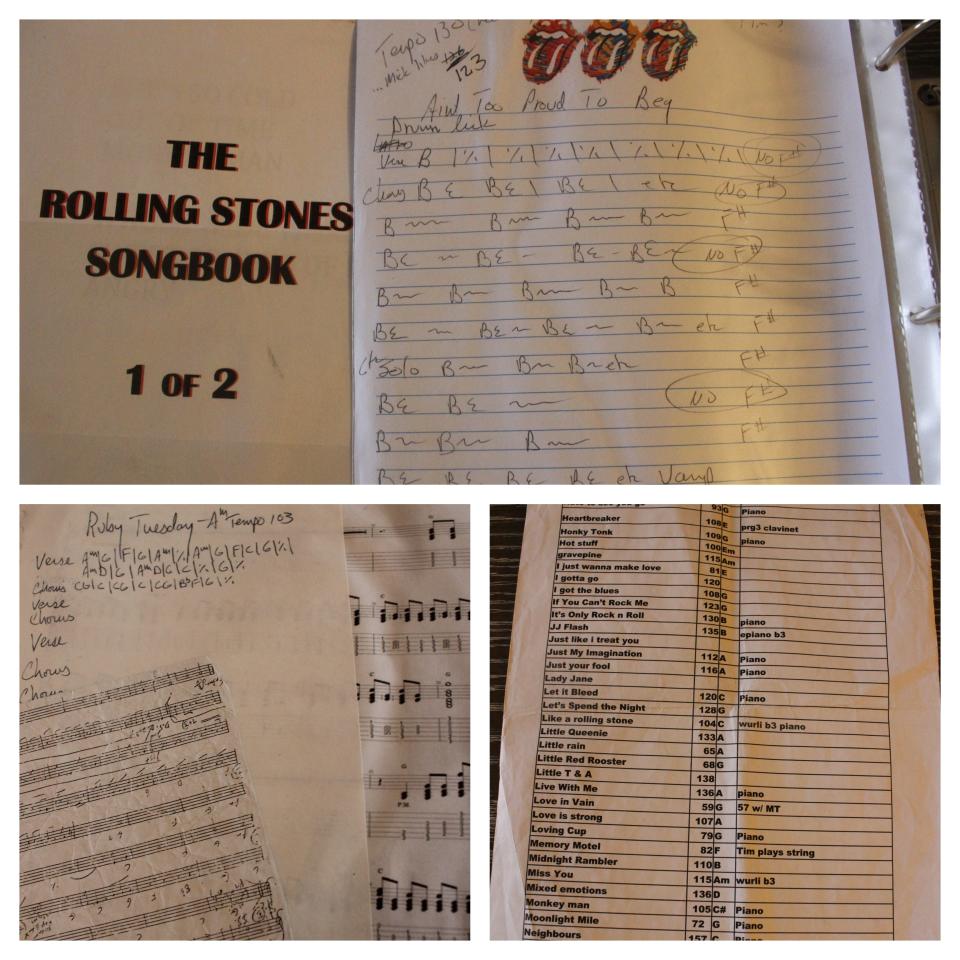
Each show, with the core trio of Jagger, Richards and Ronnie Wood and additional players Steve Jordan, Darryl Jones, Matt Clifford, Karl Denson, Tim Ries, Chanel Haynes and Bernard Fowler, Leavell has rolled through set lists of classics usually totaling 20 songs.
There are only a handful of concerts until a July 21 wrap at a nature preserve in Missouri, and Leavell says that already the tour “far exceeded all of our expectations. … To me, it feels very much like a family working together.”
How Chuck Leavell helps Mick Jagger onstage
That’s a heady statement from someone who has been part of the Stones’ inner circle for decades, having played 890 concerts with them as of July 5.
A devout Rolling Stones follower and photographer in the Netherlands, Hendrik Mulder, keeps scrupulous stats about Leavell’s tenure with the band, and by his account, Leavell has performed in 247 cities (London the top location) and played 191 different songs (“Jumpin’ Jack Flash” and “Start Me Up” the most, at 881 and 879 times, respectively).
Leavell, at the suggestion of a band tech, started saving almost every song list from rehearsals, set list from shows, notes about cover songs the Stones might attempt and personal scribbles to nudge his own memory since the band’s 1989 Steel Wheels tour.
Those details are regularly revisited.
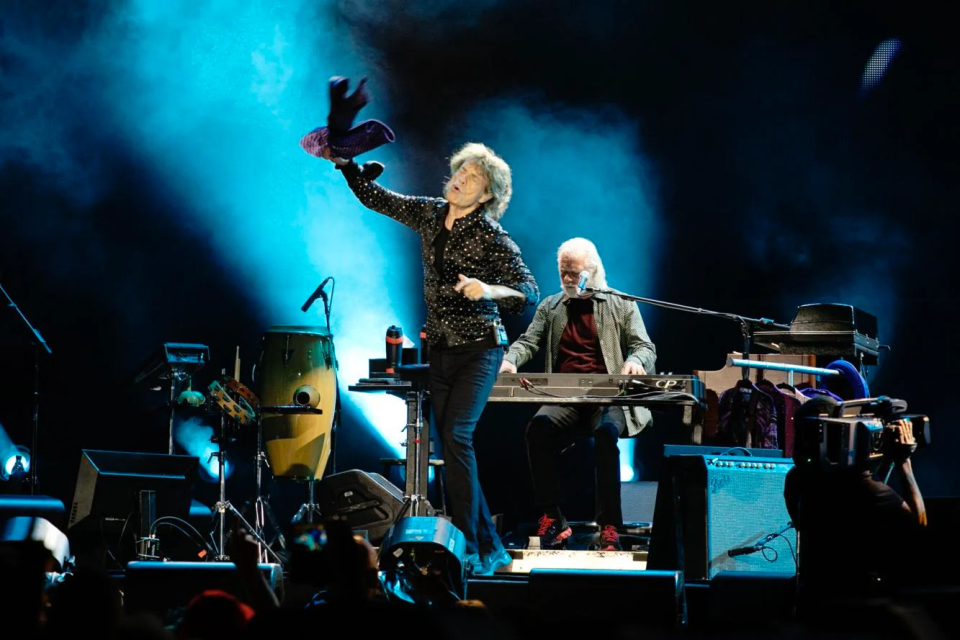
“Let’s say there is a song we haven’t done for a while, and I’ve refreshed my memory through the notes and go through soundcheck and I’m looking around at everyone to make sure they remember the parts,” Leavell says. “But when you think about how Mick is engaging the public (on stage), that’s his gig, and sometimes it’s not unusual for him to have a question like, ‘Do I come in here?’ So he can glance at me and with a nod or hand signal (and) I can help him out.”
Leavell has also shared stages and studios with Eric Clapton, David Gilmour, John Mayer and The Black Crowes and is a lauded environmentalist with the notable 2020 documentary “The Tree Man.” He believes that his innately calm demeanor, expressed even more prominently when he returns home to his tree farm in Macon, Georgia, benefits his responsibilities as a behind-the-scenes guardian for the mightiest rock band still performing.
“Back in the day with Sea Level or the Allmans, if something would go wrong, I’d tend to get upset. And when I joined the Stones and those moments would occur, it was a lesson learned to just let it go, and don’t dwell on it. Most of the time it all ends up with a laugh.”
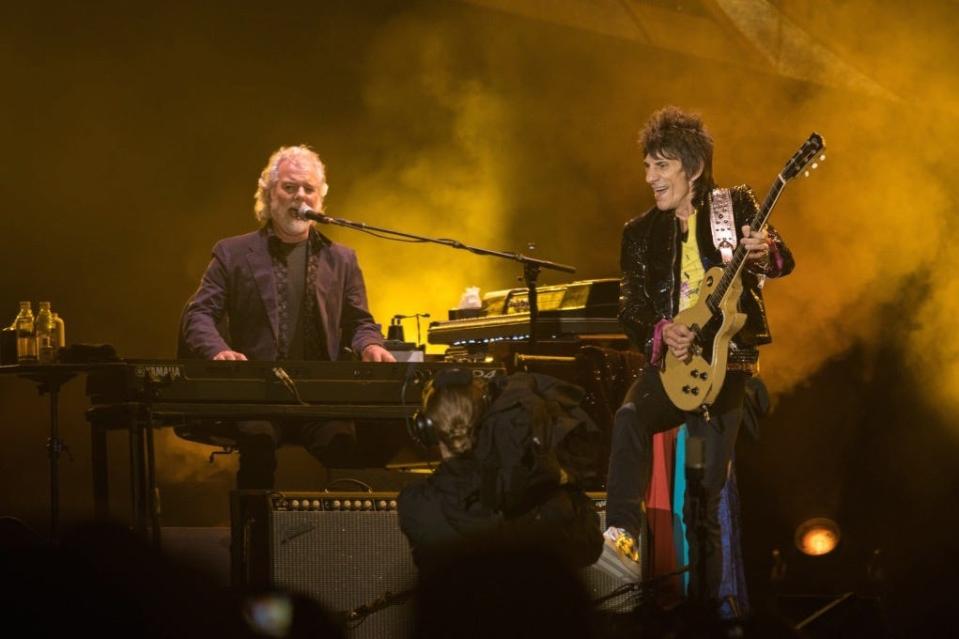
Tempo and the Rolling Stones: ‘There was only one Charlie Watts’
Cadence is a crucial component of the Rolling Stones’ live performances, and many of Leavell’s song sheets include numbers that can look random to an untrained eye – 135 for “Jumpin’ Jack Flash,” 113 for “Miss You,” 143 for “Paint It, Black” – but those beats per minute are truly the heartbeat of each song.
“When you’re on stage, it’s easy to get overly excited, and you don’t want to count a song off and realize, uh-oh, it’s too fast. Or you’re too cautious and counted off too slow,” Leavell says. “We are adamantly checking the tempos in soundcheck, and the variations can be miniscule. On stage, I do a digital readout of the BPMs and take a moment to absorb that tempo. Mick is always concerned about getting the right tempo.”
This is the third tour in which the Rolling Stones are joined by Jordan, who has occupied the drum stool since the death of Charlie Watts in 2021. While reverence for the beloved sticksman is firm – “Charlie was Charlie Watts, man. There was only one,” Leavell laments – there is also much appreciation for Jordan and his different style.
“Steve is a harder hitter, a little more energetic,” Leavell says. “And we love that because it helps get us the energy that we all need. But he also does a great job respecting Charlie’s parts.”
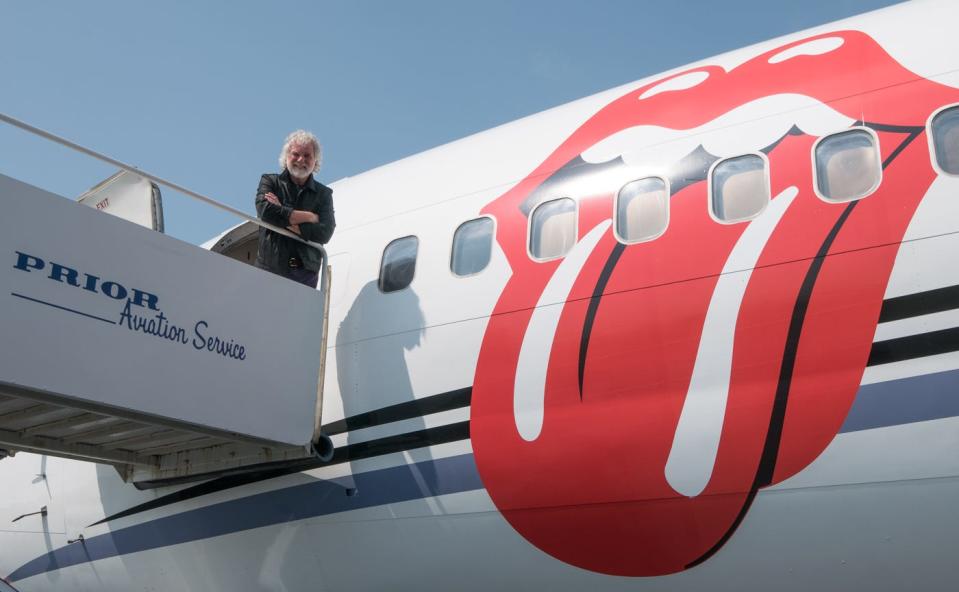
More: Def Leppard pumped for summer tour with Journey: 'Why would you want to retire?'
‘Who knows what the future may hold’ for the Rolling Stones?
With the Hackney Diamonds tour trotting to a close, there of course remains the eternal question of when it will literally be the end of the road for the seemingly immortal rock band, all of whose core members are in their late 70s (Wood) and 80s (Jagger and Richards).
Given the impressive level of showmanship and reliable musicianship on this run, there is always the possibility that the band will continue to romp across stages worldwide.
Though Leavell is uncertain about more live shows, he is grateful for the present.
“Who knows what the future may hold?” he says, “But this tour has been historic and so much fun.”
It also has given him many more pages to add to his binders.
This article originally appeared on USA TODAY: Rolling Stones' Chuck Leavell shares exclusive look at band archives
